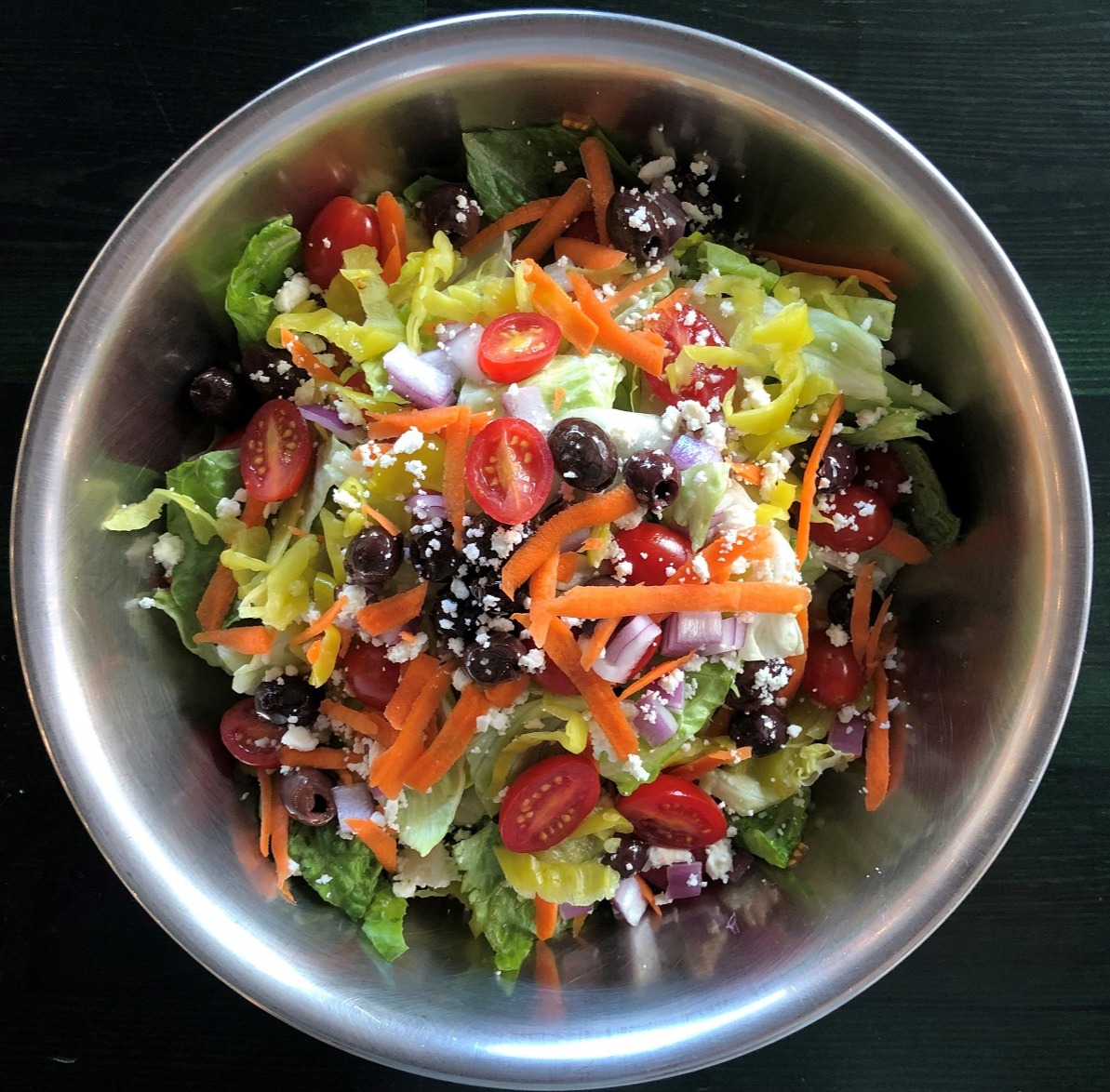

Salt Milk Bean Paste…Omelette? Japanese bakery adds a surprise to its cake section 6 views.We fall in love with a bucket of Japanese custard pudding【Taste test】 7 views.Japan Weather Association creates new words to describe merciless summer heat 9 views.Starbucks Japan’s new cream pie’s looks are freaking people out 10 views.

“My employees were killed.” Japanese pond owner breaks into tears after 3,000 fish die in robbery 12 views.Saitama man’s 7M-yen Rolex stolen after leaving it alone with “potential buyer” for two minutes 13 views.Is Japan’s new pain-in-the-butt instant ramen also a joy in the stomach?【Taste test】 15 views.Want to hear about SoraNews24’s latest articles as soon as they’re published? Follow us on Facebook and Twitter!.Studies are to be conducted on the relationship between smartphone usage and students’ vision, so those will hopefully provide some proof. Unsurprisingly, smartphone usage and other digital devices are speculated as some of the main contributors. In a survey that included over 3,330,000 students, results found that 36.7 percent of elementary school students had impaired vision, and that number jumped to 60.7 percent among junior high students– the worst it’s been since the 1970s. What hasn’t changed since the pandemic began in early 2020, unfortunately, is students’ worsening eyesight.

But now that schools are running in-person and on schedule, students’ eating habits are easing back into the norm. Without school-provided meals in elementary schools and carefully-made bento lunchboxes in junior high and high school, kids were more prone to choosing snacks over nutritious foods during Japan’s “soft lockdowns”. The National Center for Child Development and Health (NHCCD) also suggest that food was a big part.
#SNAPPY SALAD FULL#
According to an annual survey conducted by the Ministry of Education, Culture, Sports, Science and Technology (MEXT), obesity rates for year 6 elementary school students fell 0.4 points to 10.9 percent year 3 junior high school students 0.6 points to 9 percent and year 3 high school students dropped a full point to 9 percent. classes, after school activities, recess, and more at Japanese schools, obesity rates among Japanese school students climbed sharply between the end of 2019 and throughout 2020.īut recent survey results show that this trend is reversing, and it’s more than likely due to more in-school time. It’s safe to say life was far from normal in Japan during the beginning of the coronavirus pandemic–including multiple “soft lockdowns” and nationwide school closures–and now we have the data to back that up.


 0 kommentar(er)
0 kommentar(er)
